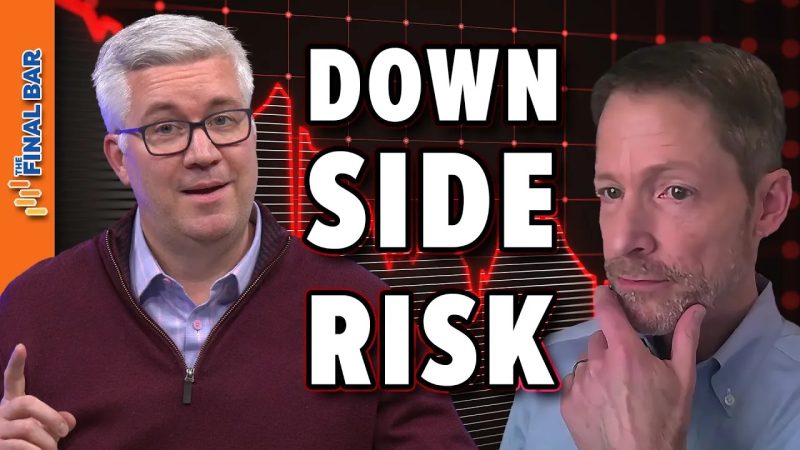Understanding the Nature of Downside Risk in a Bullish Market
Downside risk reflects the potential for financial loss in an investment. It becomes crucial in times of heightened uncertainty or economic downturns. However, even in a bullish market, where prices are expected to rise, downside risk still exists. This article delves into the nature of downside risk and demonstrates the importance and implications of identifying and managing it in bullish environments.
An Overview of Downside Risk
Downside risk quantifies the probable losses an investor can experience due to negative fluctuations in market prices, interest rates, currency exchange rates, and more. It is the potential gap between the expected return of an investment and its worst possible outcome—usually, a total loss.
Considering Downside Risk in a Bullish Market
While bull markets are generally characterized by investor optimism and rising asset prices, they do not eradicate downside risk; rather, they often mask it. The optimism and speculation surrounding an asset price’s upward trajectory may inflate the price, making it susceptible to future declines when the bullish trend ebbs.
Firstly, risk always exists in investments. Market dynamics are unpredictable and can shift due to various factors such as geopolitical events, economic indicators, and investor sentiment changes. Hence, even in a bull market, investors can experience periods of losses.
Secondly, a bullish market may foster complacency among investors, prompting them to overlook the inherent risks tied to their investments. When the market is on an uptrend, investors may tend to pour more into equities, getting carried away by the promise of high returns.
Thirdly, bull markets host the danger of overvaluation. Here, the euphoria of the market’s state could inflate stock prices way beyond their intrinsic value. Overvalued stocks increase risks for investors as these stocks are likely to tumble when the market corrects itself.
The Value of Downside Protection in a Bull Market
In a bullish market, it’s essential to gauge the downside risk as that allows the investor to enact downside protection. This can entail strategies like diversification, hedging, and tactical asset allocations.
Diversification not only means investing in various asset classes but also within-asset class diversification. By spreading investments, the consequential impact of a poorly performing asset can be cushioned by the performance of others.
Hedging is a risk management strategy implemented to offset potential losses that may be incurred from an adverse event. This can involve using financial instruments such as options and futures. A classic example of using hedging in a bullish market would be the purchase of put options. This allows an investor to sell off a specific asset at a locked-in price before its market value plunges.
Tactical asset allocation is a dynamic investment strategy that actively adjusts the asset class mix based on short-term market forecasts. This can provide an added layer of defense during market downturns and aid in capitalizing on market upswings.
In conclusion, downside risk acts as a crucial investment performance measure in all market conditions. In a bull market, the focus on downside risk helps investors keep a realistic view of potential losses they could face. By preparing for the worst-case scenario and devising strategies to mitigate risk, investors can enhance their portfolio resilience and achieve more stable returns. Therefore, downside protection must not be overlooked, even in the most optimistic market scenarios.




